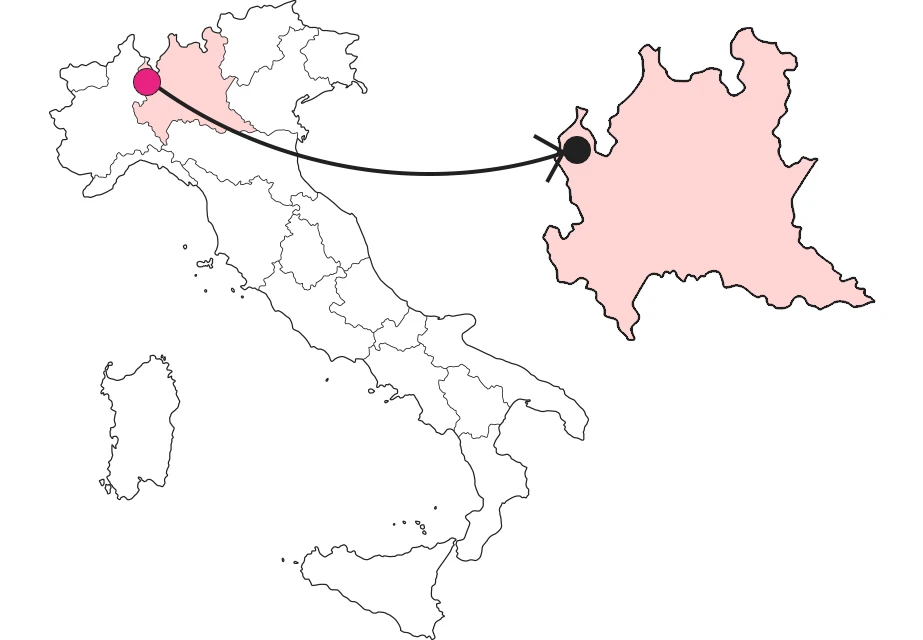SHARRYLAND


Where is

What it is and where it is
Palazzo Estense, with its beautiful gardens, is located within walking distance of the city's historic center. It is the main seat of municipal offices, but also one of the most sought-after destinations for tourists and visitors because of its beauty and the peace that can be enjoyed in its gardens. The most interesting facade of the palace faces the very garden. Its forms are typical of the Lombard Baroque style, and it is embellished with a sundial surmounted by the Este eagle.
Why it is special
If the exterior is so harmonious, the rooms inside can hardly be outdone: their extreme elegance is well represented by the famous Scalone d'Onore, frescoed in illusionistic style by Bosellini, and the Oval, frescoed instead by Giovan Battista Ronchelli. Not to mention the Wedding Hall: like the Scalone d'Onore, it is rich in details: paintings, loggioni for the musicians, frescoes, and the famous fireplace.
Not to be missed
And where the artist's hand stops, windows open overlooking the park, which is always landscaped to the finest detail, with its monumental trees and parterre that changes colors according to the flowers that bloom in each season. When you turn from the palace to the pathways, you find yourself immersed in an almost fairy-tale garden, characterized by flowerbeds decorated with plants and low-growing flowers, a large fountain, and paths edged with hornbeams that climb up to the Belvedere.
A bit of history
The oldest core, corresponding to today's central part of the Palace, dates back to the early 1700s. When Francesco III d'Este visited Varese in 1755, he was fascinated by the surrounding landscape and decided to buy the villa from Tommaso Orrigoni and make it a summer residence. Restoration and expansion work began in 1766 and was entrusted to architect Giuseppe Antonio Bianchi. Since 1882 it has been the seat of the City of Varese.
Trivia
The Estensi Gardens are remembered for their similarity to those of the Viennese palace of Schönbrunn, from which architect Bianchi was inspired by the wishes of Francesco III d'Este. But this is not the only similarity that has been noted. The palace was called by Leopardi "the little Versailles of Milan."
Enter the Map of Italy's Undiscovered Wonders and find treasures where you least expect it... Inspire, Recommend, Share...
Collections
The Map thanks:
Enter the Map of Italy's Undiscovered Wonders and find treasures where you least expect it... Inspire, Recommend, Share...
Where is

Collections



